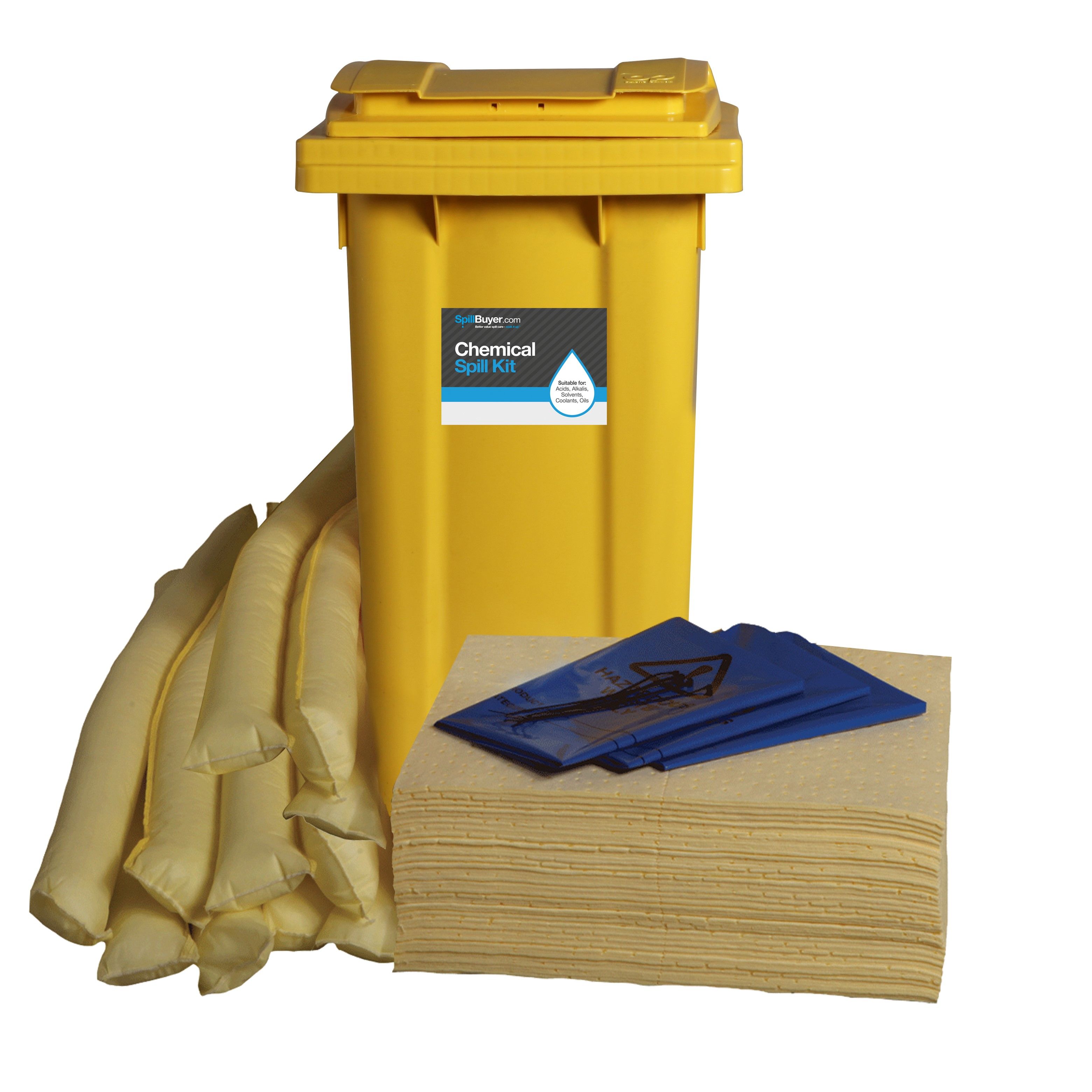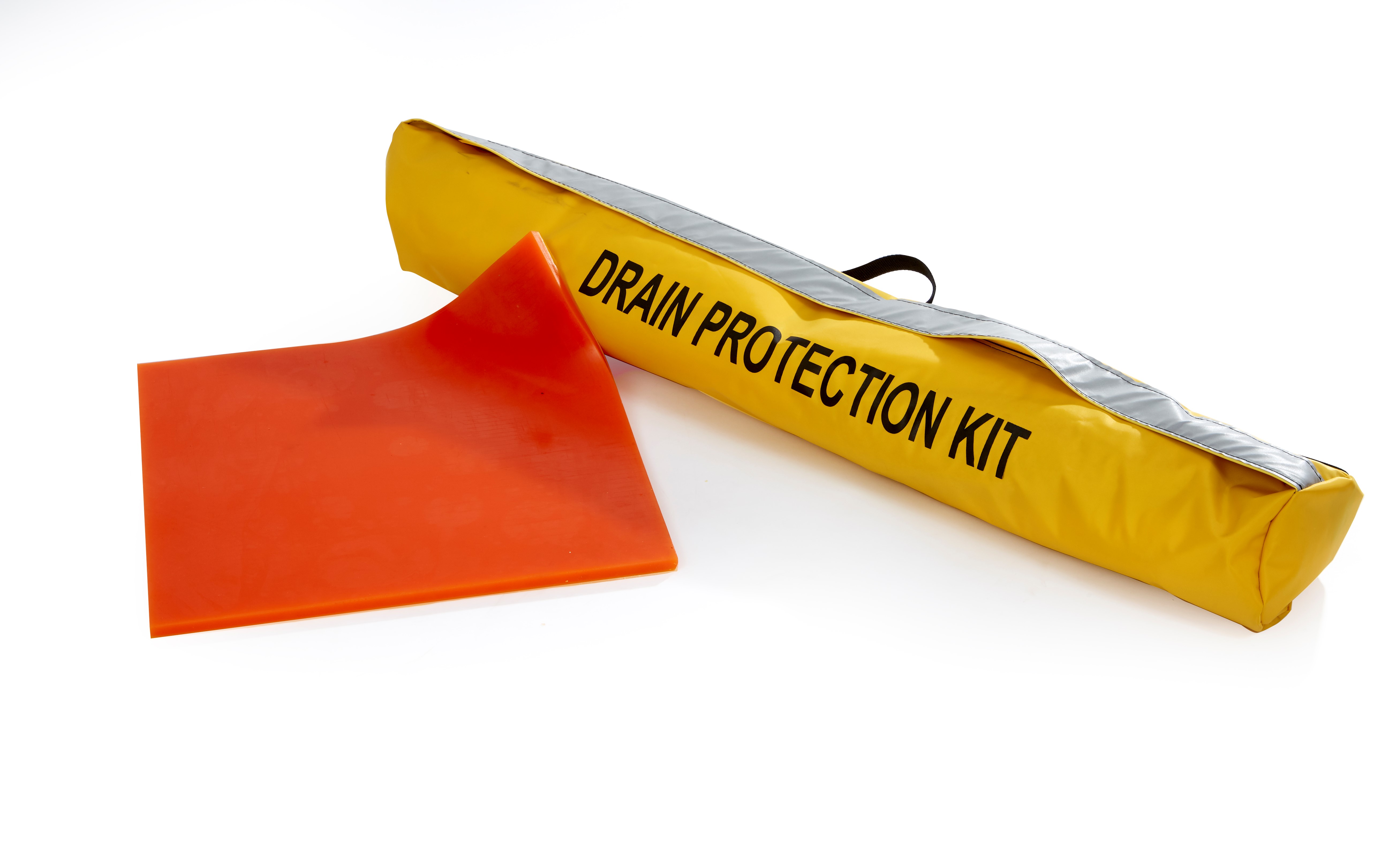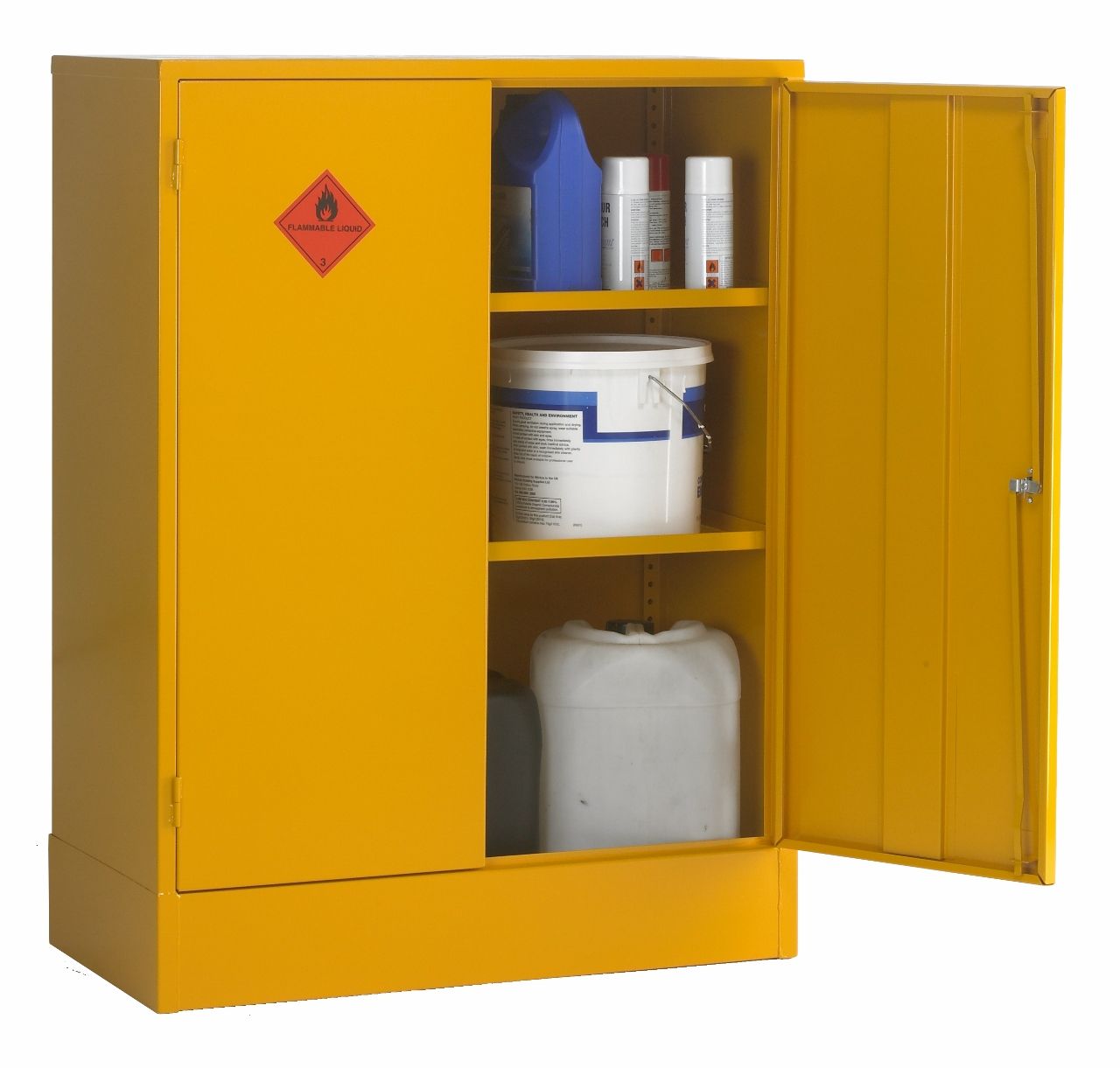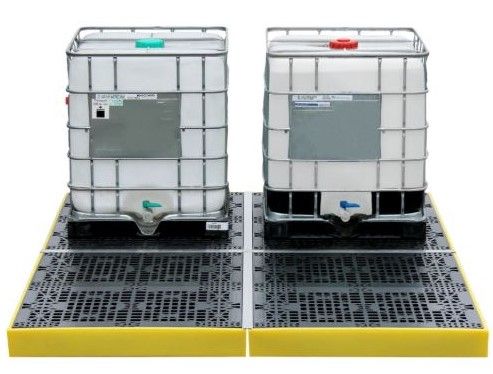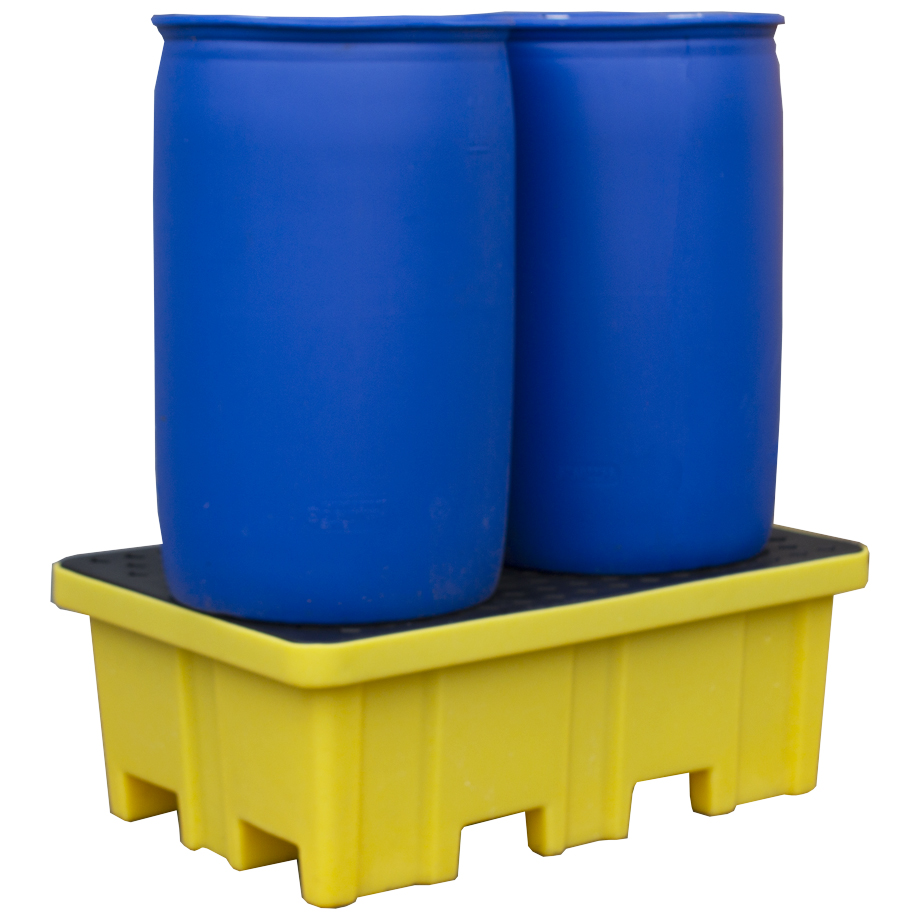As an employer, you must understand safety signs and their meanings so that you can appropriately use the correct safety signs in the workplace. Safety signs come in four distinct colours, and each indicates a different warning or precaution.
Blue safety signs are mandatory signs that explain a specific action. Yellow safety signs are warning or caution signs. Red safety signs usually indicate danger or prohibition of a certain substance or act. Green signs are not designed to highlight danger, and instead indicate helpful information and safe points, such as fire exits or first aid points.
Using the correct safety sign as an employer is a legal requirement, and it is therefore essential to understand safety signs and their meanings in order to ensure your workplace is kept safe.
Safety signs and the law
All employers have a legal duty to display safety signs in places where there is a risk to the safety of pedestrians or employees even after putting other safety measures in place. You can minimise risks by conducting routine workplace health and safety assessments, and following the Control of Substances Hazardous to Health (COSHH) guidelines if you use hazardous substances in your workplace.
All safety signs must be clearly visible and legible and should only be used to identify the correct actions, such as the use of personal protective equipment (PPE), or ‘no access’ zones. Using too many signs can be confusing, so you only need to put up a sign if there is a danger that poses a significant risk or a legal requirement to do so. While safety signs are not always required by law, they can still be helpful.
You can find out more information about the Health and Safety (Safety Signs and Signals) Regulations 1996 on the government’s website. This is the law you must follow when displaying safety signs in the workplace.
Safety signs and their meanings
Safety signs vary in colour, size and shape, according to their purpose. You should understand which safety signs you need to display in your business’ premises, as this will depend on the type of business you run. Usually, green safety signs are the most common, as all workplaces must indicate the locations of fire exits. If you use or store hazardous substances, yellow safety signs should be used.
Below we look at the most common types of safety signs and their meanings:
Danger or prohibition safety signs
Safety signs that indicate danger or a prohibition must be red and indicate that a particular behaviour must be stopped. They can also tell the reader to refrain from entering. For this type of safety sign to be lawful, red must cover at least 35% of the sign. Usually, these signs have a black image on a white and red background. For prohibition signs, a red circle with a strike-through line indicates which action must be stopped. The most common red prohibition sign is a ‘no smoking’ sign.
Warning signs
These are yellow signs that tell the reader to take precautions or be careful. They warn of possible dangers, such as an electrical or trip hazard. They are often triangular in shape, with a black image and black edging. They are usually accompanied by text explaining the warning in more detail.
Mandatory signs
Mandatory signs are always blue and tell the reader that a certain action is required. If you work in construction, you may recognise these signs. They are commonly seen at the entrance to the construction site and tell employees that they must follow a certain action, such as wearing the appropriate PPE. These signs have a blue background with white text and a white image.
Emergency exit signs
Emergency exit signs are always green in colour. They indicate the location of a safe escape route that can be used if there is a fire in the building. These are usually standardised and have a green background with white writing, and an image of a man running out of a door.
First aid signs
First aid signs are also green and indicate a first aid zone within an area. First aid signs are not always mandatory, but can be helpful in certain work settings. They can also be used to indicate where specialist first aid equipment is kept, such as defibrillators.
Fire safety signs
Fire safety signs are always red, as this colour represents danger or fire, and is eye-catching in an emergency situation. A sign like this could indicate a fire alarm call point or fire-fighting equipment. Usually, these are square or rectangular with a white image on a red background. They may also be accompanied by some text.
Combined signs
ISO 7010 is the law designed to ensure that safety signs used in the UK are consistent with those used across the European Union. Under this legislation, safety signs can be combined, in order to give several messages at once. These are ideal for garage courtyards or construction sites, where a combination of safety signs need to be used. This avoids confusion and ensures that employees see all the relevant safety signs before entering an area.
Find out more
To learn more about safety signs and finding the right sign for your application, take a look at our Ultimate Guide to Safety Signs, or give the experts at SafetyBuyer a call on 0800 043 1061 if you have any questions. You can also browse our range of safety signs online today.
FAQs
What safety signs are compulsory for workplaces in the UK?
In the UK, certain safety signs are compulsory for workplaces. These include:
-
Fire safety signs
-
Emergency exit signs
-
Road traffic regulations
-
Prohibition signs
These health and safety signs help to ensure the safety of employees and visitors by providing clear guidance on safety procedures and alerting individuals to potential hazards.
Employers must ensure that these signs are visible and legible to all employees, and that they comply with the relevant safety regulations.
Why are safety signs important in the workplace?
Safety signs are important in the workplace because they:
-
Provide clear and concise instructions and warnings to employees and visitors
-
Help to ensure that all personnel are aware of potential hazards and how to avoid them
-
Play a crucial role in maintaining a safe work environment by alerting individuals to risks
-
Enforce specific actions or behaviours
-
Provide guidance on escape routes and emergency facilities
In essence, safety signs act as a visual reminder of the safety rules and regulations that must be adhered to in the workplace to prevent accidents and injuries.
What are the different types of safety signs?
There are four main types of safety signs:
-
Prohibition signs signify actions or activities that are not permitted
-
Warning signs indicate potential hazards or dangers
-
Mandatory signs enforce specific actions or behaviours for safety compliance
-
Emergency signs provide information on escape routes and emergency facilities
Each type of safety sign serves a specific purpose in maintaining a safe work environment and ensuring the well-being of employees and visitors.
What do different colours of safety signs indicate?
Each colour of safety signs conveys a specific meaning and message. Here are the meanings associated with each colour:
-
Red safety signs signify prohibition or a fire safety hazard
-
Yellow signs represent warnings or cautions
-
Blue signs denote mandatory actions or instructions
-
Green signs indicate safe conditions or first aid information
Understanding the meanings behind these colours is essential for employees and visitors to comprehend the safety message and take appropriate action when encountering a safety sign in the workplace.
Do safety signs need to comply with specific standards?
Yes, safety signs need to comply with several specific standards, such as the Health and Safety (Safety Signs and Signals) Regulations 1996, the British Standard BS 5499, and the International Standard ISO 7010. These standards ensure that safety signs are designed and displayed in a consistent manner, making them easily recognisable and understandable for employees and visitors.
Adhering to these standards is essential for guaranteeing that safety signs effectively convey the required information and contribute to a safer work environment.
Who is responsible for installing safety signs in the workplace?
Employers are responsible for installing safety signs in the workplace. They must ensure that the signs are visible and understandable to all employees and visitors, and that they comply with relevant safety regulations and the standards listed above.
In addition, employers should regularly review and update safety signs to ensure that they remain relevant and conform to the most recent regulations.
What are some common safety symbols used in safety signs?
Some common safety symbols used in safety signs include:
-
Prohibition signs: circular red border with a white background and black pictogram
-
Warning signs: yellow triangular border with black background and pictogram
-
Mandatory signs: blue circle with white pictogram or text
-
Emergency signs: green rectangle or square with white pictogram or text
These symbols help to convey essential safety information and warnings, ensuring that employees and visitors are aware of potential hazards and can take the necessary precautions.
How often should safety signs be reviewed and updated?
Safety signs should be reviewed and updated on an ongoing basis, particularly when significant changes occur or when risk assessments are conducted. It is recommended that safety signs be reviewed and updated at least once per year.
Regularly reviewing and updating safety signs ensures that they remain relevant, effective, and compliant with the most recent regulations.
Are there specific requirements for the size and visibility of safety signs?
There are specific requirements for the size and visibility of safety signs. Safety signs must be of adequate size and situated appropriately to be visibly discernible and comprehended. The location and distance from which a sign needs to be seen determines its size. A person with good visual acuity should have no difficulties spotting the sign in daylight.
Ensuring good visibility and legibility of safety signs is crucial for effective communication of important safety information and maintaining a safe work environment.
Can safety signs replace training and supervision?
Safety signs play a crucial role in any workplace safety program, serving as a visual prompt for the safety regulations that must be adhered to. However, safety signs cannot replace proper training and supervision, which are essential for ensuring employees understand the safety rules and regulations and can abide by them effectively.
Employers must provide adequate training and supervision to complement the use of safety signs, ensuring a comprehensive approach to workplace safety.
What should I do if a safety sign is damaged or missing?
If a safety sign is damaged or missing, you should report the issue to the appropriate authority, such as the local council, building owner, or your employer.
After reporting the issue, it is necessary to wait for the appropriate authority to take the necessary steps to repair or replace the sign. You can periodically check the area where the sign was located to determine if it has been repaired or replaced.
If you are responsible for the sign in question, you should repair or replace it at the earliest opportunity, particularly if displaying the sign is a legal requirement.
What is the difference between a safety sign and a safety label?
Safety signs and safety labels both serve as visual indicators to convey essential safety information and warnings. However, they differ in terms of their material, size, and application.
Safety signs are generally manufactured from a hard-backed material and are of a larger size, while safety labels are made of adhesive-backed vinyl material and are of a smaller size. Safety labels are typically applied directly to a surface, such as a piece of equipment or a product, while safety signs are displayed more prominently in a particular area or facility.
Can safety signs prevent workplace accidents entirely?
While safety signs play an important role in preventing workplace accidents by providing clear instructions and warnings, they may not be entirely effective in eliminating accidents.
A comprehensive approach to workplace safety, including the use of safety signs, proper training and effective supervision, is essential to minimise the risk of accidents and injuries.
What are warning safety signs used for?
Warning safety signs are used to alert individuals to potential risks or hazards in the vicinity, such as an electrical hazard, trip hazard, or dangerous substance. These signs are essential for alerting individuals to potential hazards and ensuring that they take the necessary precautions to avoid accidents.
Warning safety signs serve to educate employees and visitors about the potential dangers in the workplace and help maintain a safe work environment.
What are the seven types of safety signs?
The seven most important safety signs for workplaces are:
-
prohibition
-
mandatory
-
limitation/restriction
-
danger
-
warning
-
emergency information
-
fire safety signs
What are the nine safety symbols?
The nine hazard symbols used to identify hazardous substances are:
-
explosive
-
flammable
-
oxidising
-
corrosive
-
acute toxicity
-
hazardous to the environment
-
health hazard
-
serious health hazard
-
gas under pressure
These symbols are used to warn people of the dangers these materials can pose when handled incorrectly.
What are the four safety signs in the workplace?
The four types of safety signs in the workplace are Mandatory (blue), Prohibition and Fire Safety (red), Warning (yellow), and First Aid and Emergency Exit (green). These are standardised according to the Health and Safety (Safety Signs and Signals) Regulations 1996.
Which safety signs are compulsory for workplaces in the UK?
UK workplaces are required to display fire safety signs, emergency exit signs, road traffic regulations, and prohibition signs.
 Over 12,000
Over 12,000  Simple no quibble
Simple no quibble  Prompt dispatch &
Prompt dispatch &  UK Mainland Delivery
UK Mainland Delivery 






